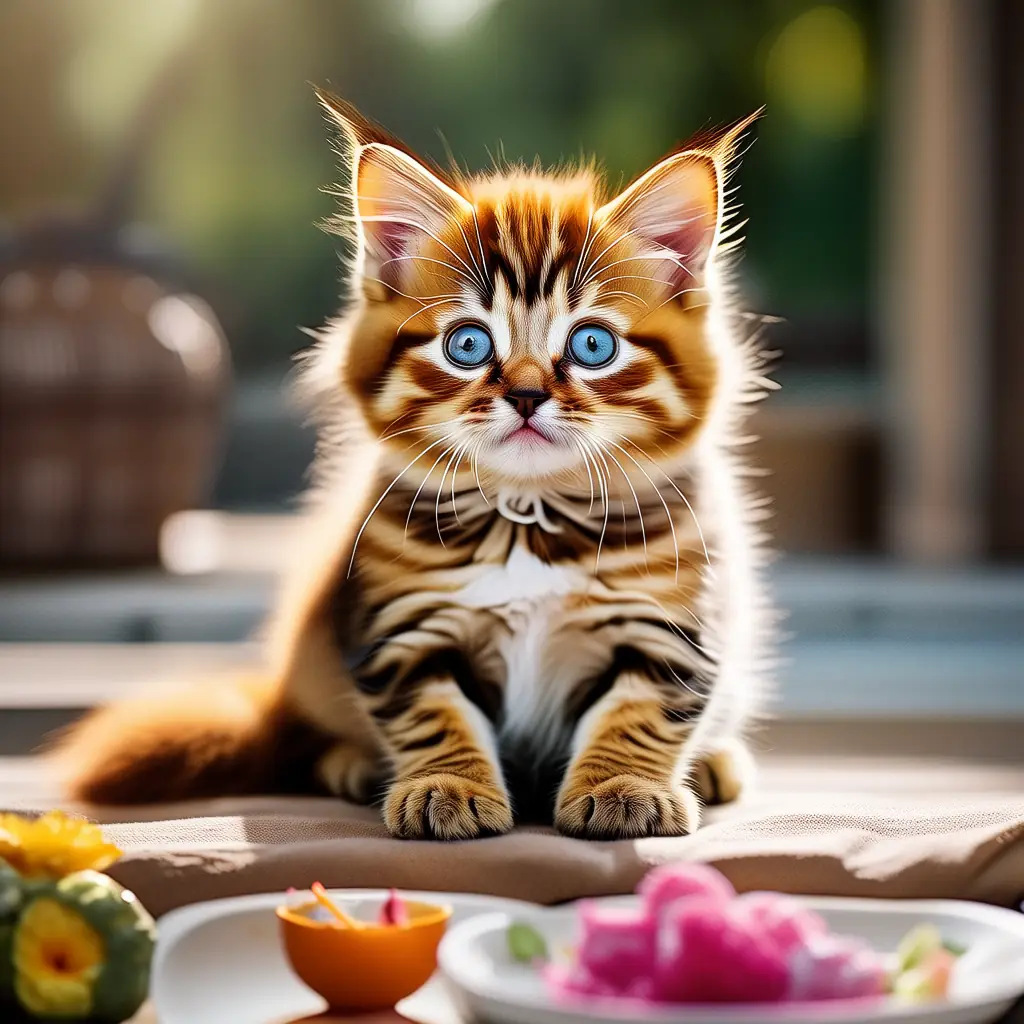Feeding Fido's Feline Friend: The ABCs of Cat Nutrition
Understanding the basics of cat nutrition is crucial for keeping your feline friend healthy and happy. Just like us, cats need a balanced diet to thrive, and their nutritional needs can vary based on age, health, and activity level. A well-fed cat is more likely to have a shiny coat, strong muscles, and a robust immune system, which all contribute to a longer, more vibrant life.
One of the most important things to remember is that cats are obligate carnivores, meaning they require a diet rich in animal-based proteins. Look for high-quality, meat-first cat foods that list real meat (like chicken, turkey, or fish) as the primary ingredient. Avoid foods with too many fillers, such as corn, wheat, and soy, which can be hard for cats to digest. For example, a good quality wet food can provide the moisture and protein your cat needs, while dry kibble can help keep their teeth clean and offer a crunchy texture they might enjoy.
Another key tip is to pay attention to portion control. Overfeeding can lead to obesity, which is a common problem among indoor cats. Follow the feeding guidelines on the food packaging, but also adjust based on your pet's specific needs. If you're unsure, consult your vet for personalized advice. Additionally, make sure your cat always has access to fresh water, as hydration is just as important as nutrition.
- Choose high-quality, meat-first cat foods.
- Monitor portion sizes to prevent overfeeding.
- Ensure your cat has constant access to fresh water.
- Consult your vet for dietary advice tailored to your cat's needs.
Caution:
Avoid giving your cat human food, as many items can be harmful or even toxic to them. Common culprits include onions, garlic, chocolate, and grapes. Stick to cat-specific treats and always check with your vet before introducing new foods.
By providing a balanced and nutritious diet, you're setting your cat up for a long, healthy, and active life. Happy feeding!
